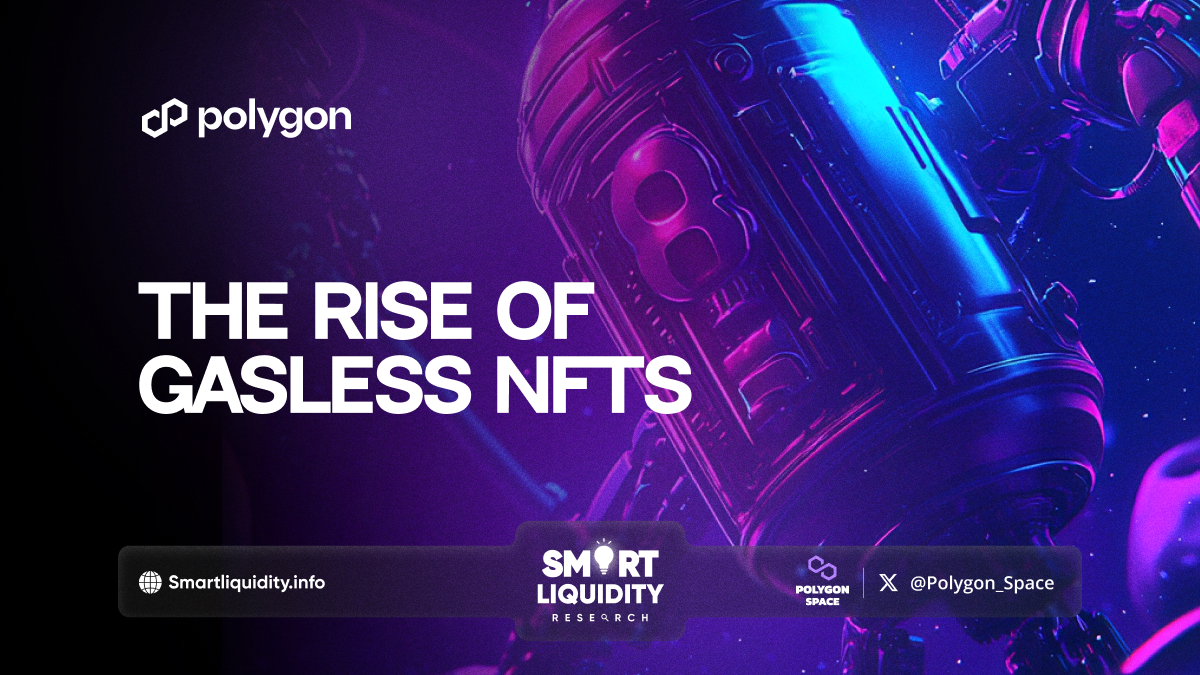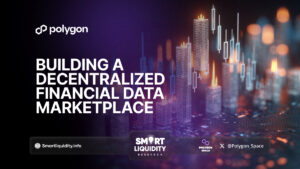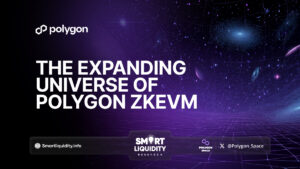The Rise of Gasless NFTs on Polygon


Non-fungible tokens (NFTs) have taken the digital world by storm, offering unique digital assets that can be bought, sold, and traded. However, one of the most significant hurdles for mainstream adoption has been the high gas fees associated with minting and trading NFTs, especially on networks like Ethereum. Thankfully, the rise of gasless NFTs on Polygon is changing the game.
Polygon, a Layer 2 scaling solution for Ethereum, has gained traction as a more affordable alternative to Ethereum’s mainnet. By leveraging technologies like zk-rollups, Polygon drastically reduces transaction costs, making it ideal for developers and users seeking more efficient blockchain solutions. However, Polygon is taking things a step further with its implementation of gasless NFTs, which eliminate the need for users to pay gas fees at all.
Gasless NFTs on Polygon are made possible through partnerships with platforms like OpenSea and Lens Protocol, which have integrated solutions that allow creators and collectors to mint and trade NFTs without incurring any costs. This innovation is a game-changer, particularly for creators in regions where high transaction fees can deter participation in the NFT space.
Moreover, this shift could democratize access to NFTs, allowing more people to engage with blockchain technology without the financial barrier of gas fees. As the NFT ecosystem grows, more artists, brands, and developers are likely to adopt gasless solutions, further fueling the popularity of platforms like Polygon.
In conclusion, gasless NFTs on Polygon represent a significant milestone in the evolution of digital assets. With lower costs and easier access, this development has the potential to unlock new opportunities for creators and collectors alike. As blockchain technology continues to mature, it’s clear that gasless NFTs will play a pivotal role in the future of the digital economy.




